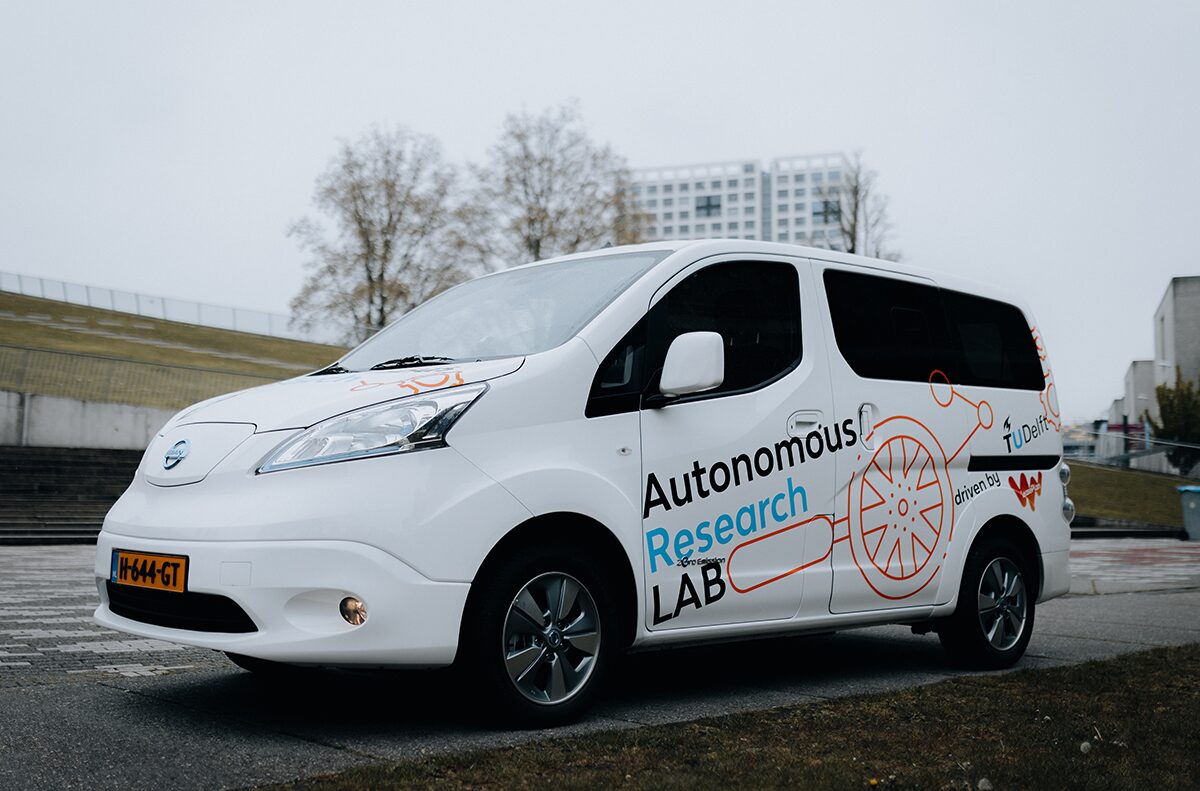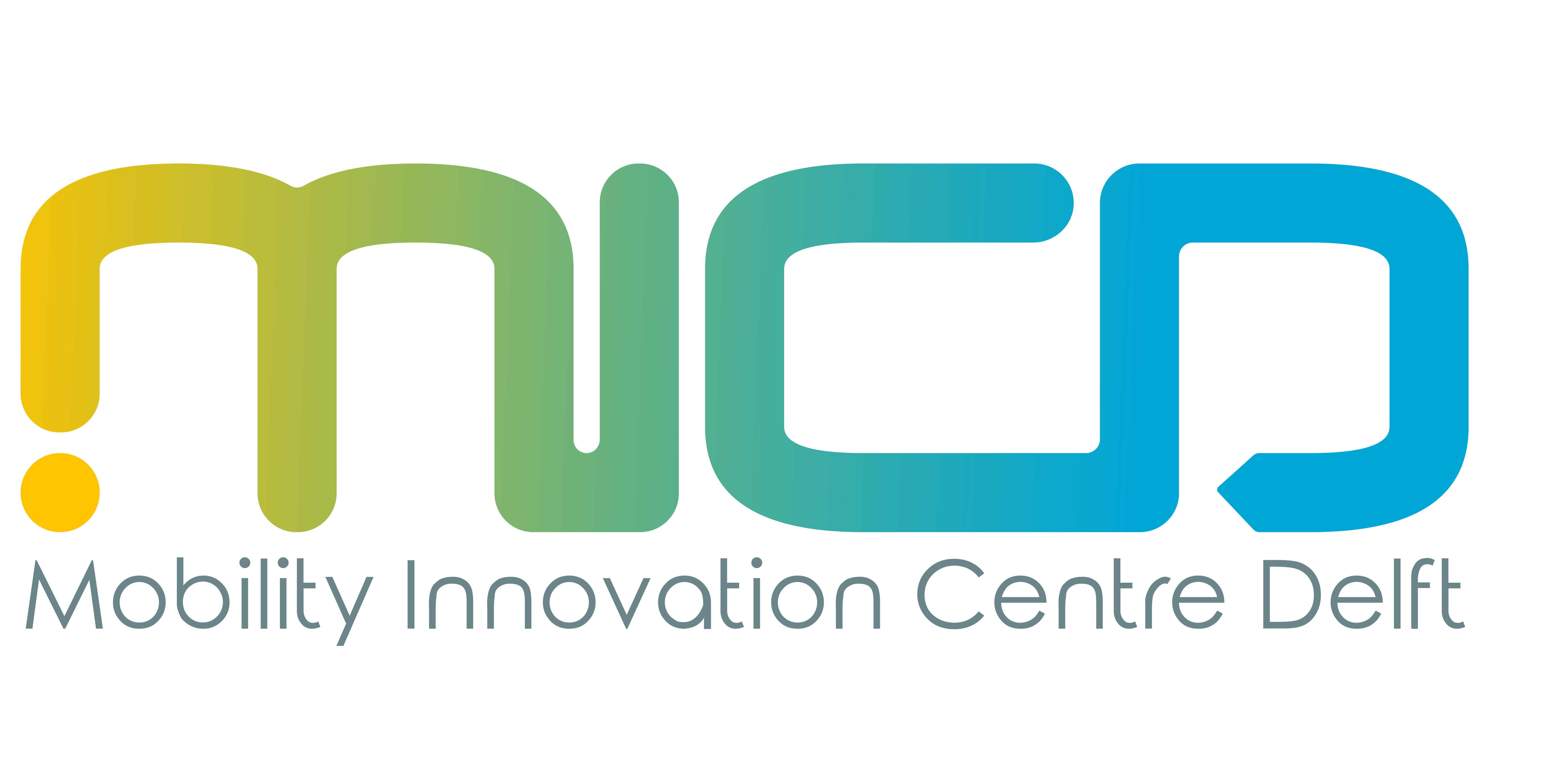3 March 2022 – MICD will conduct research on passenger behaviour in (semi-)automated vehicles from 2022 to 2025. Therefore MICD is setting up a promising driving lab, where the test subject will appear to be participating in traffic in a self-driving car.
There is a lot of research being done worldwide on self-driving vehicles. This usually focuses on technology, but what about the human factor? How do passengers experience a ride in a car that makes its own decisions? MICD will measure exactly that in the Autonomous Driving Passenger Experience project. As autonomous vehicles are not yet allowed on public roads in the Netherlands, this is done with a modified car.
Surrounded by screens
The car, a Nissan e-NV200 Evalia, is driven by a human driver and can therefore hit the road. However, the passenger compartment behind the driver is completely remodelled: the test subject does not see the driver in the front, but is surrounded by OLED screens. Those screens will display real-time images from outside – and in such a way that the passenger sees exactly what the driver in the front sees.
During the test drives, researchers will use cameras, microphones, heart rate and blood pressure monitors and other sensors to measure how the passenger experiences the ride. The main issue here is to determine which factors and circumstances determine the driving experience. The project will run until March 2025.
Read more: Autonomous Driving Passenger Experience

